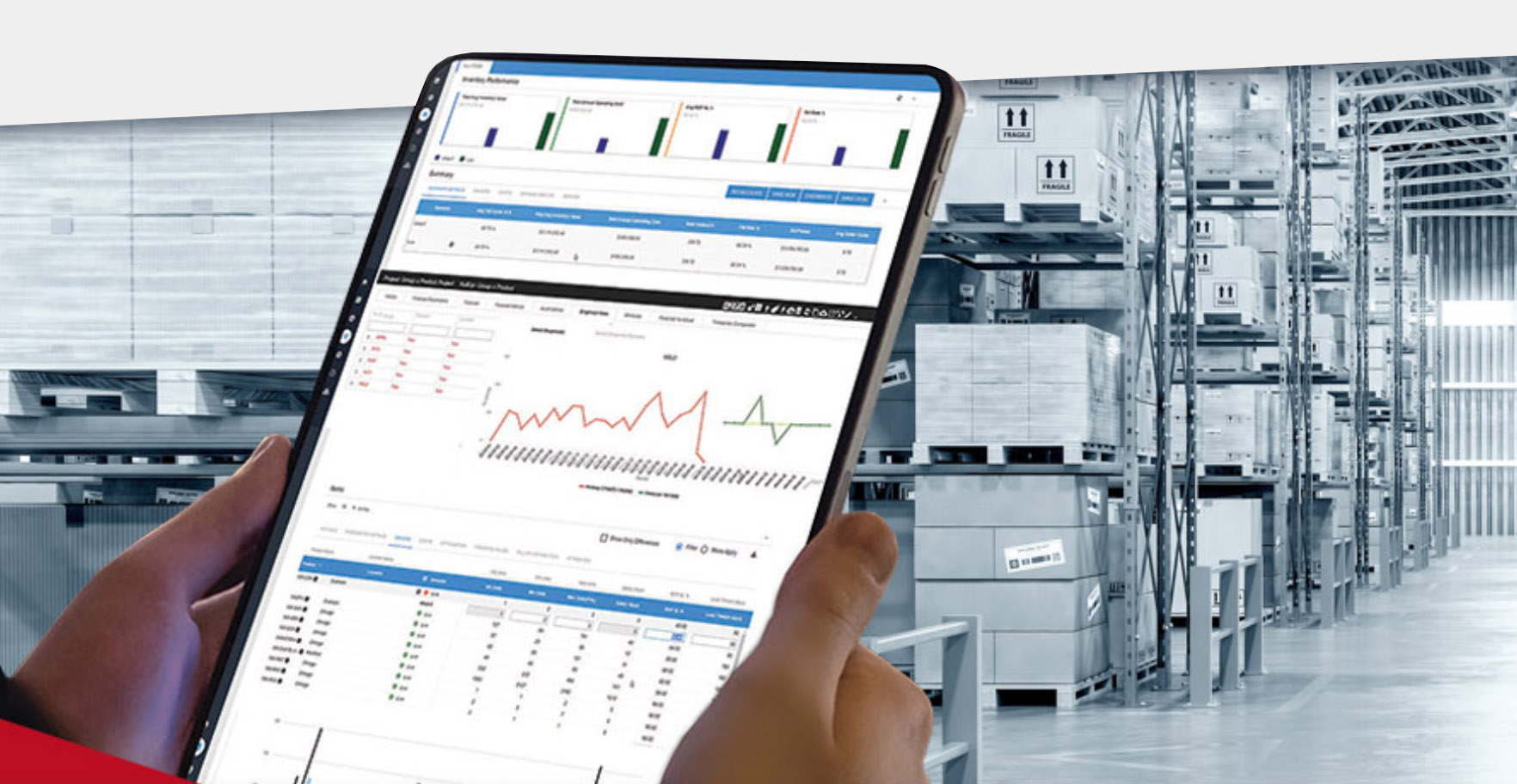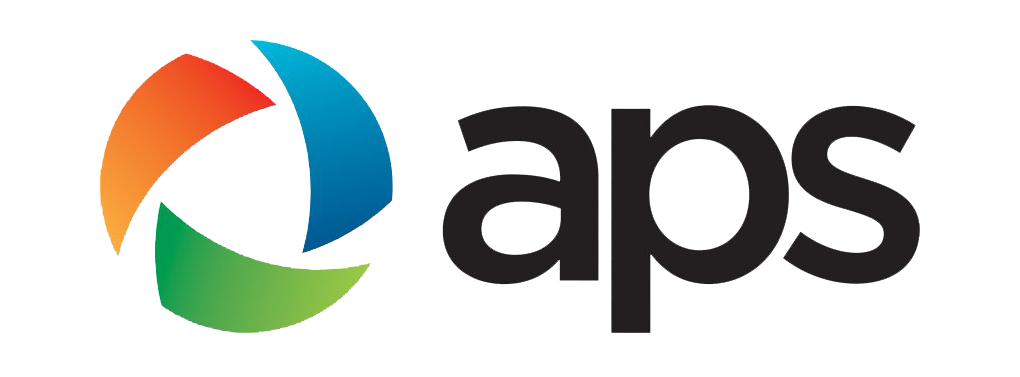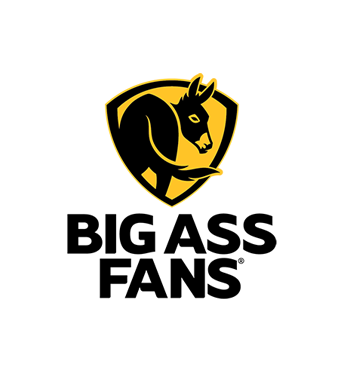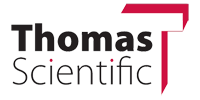Smart Demand Planner™ is a consensus demand planning and statistical forecasting solution available on Smart’s Inventory Planning and Optimization Platform, Smart IP&O. Smart Demand Planner, powered by the SmartForecasts® Engine, aligns strategic business forecasting at any level of your product hierarchy with granular forecasts of the item mix to improve forecast accuracy. It provides a statistically sound, objective foundation for your sales and operations planning process (S&OP).
Smart Demand Planner Overview and Features
Collaborative Planning
This optional add-on provides functionality for sharing forecasts and developing consensus within the platform. Authorized users can flag forecast snapshots for collaborative review. Recipients will be alerted when forecasts are shared. The lead demand planner can approve which overrides to accept and produce the final consensus plan in a few mouse-clicks.
Hierarchy Forecasting
Create any forecast hierarchy of product families: by product group/item or item/region, customer and more. Automatically change the hierarchy on the fly to view aggregate forecasts for any grouping.
Forecast Overrides
Adjust your forecast results directly on-screen based on your business knowledge and new information not captured in past demand data. This supports more realistic forecasts and better-informed planning decisions. All forecast changes are automatically maintained and preserved for reuse in subsequent planning periods.
Embedded Parameters
Allows for mass-customization of forecasts on an item-by-item basis. Users can specify forecast models, stop dates, amount of historical data to use and more.
Exception Workbench
Segregates all items that exceed user defined thresholds for change in forecast vs. prior periods, change in forecast accuracy vs. prior periods, change in demand volume vs. prior periods and more.
Automatic Statistical Forecasting
Selects the best forecasting method for your data and handles all the math, easily incorporating trends and seasonal patterns. Forecasts are automatically computed and saved in the background as part of the data import process.
Top Down/Bottom Up Forecasting
Configure your hierarchy to automatically generate top-down or bottom-up forecasts. Automatic reconciliation ensures changes made to the forecast at any level are distributed properly.
Forecast Audit Reports
Documents information about your forecasts results, such as the forecast methods used, the accuracy of the forecasts and the amount of historical data used to generate the forecasts.
Forecast Roles
Allows for different user types having varying forecast roles, such as Forecast Lead, Forecast User and Forecast Viewer.
Demand Profiling
Items are automatically analyzed and catalogued into demand attribute categories such as total volume, average volume, demand pattern (flat, trending non-seasonal, trending seasonal, trending and seasonal, seasonal non-trending or intermittent).
Patented Intermittent Demand Forecasting
Gives you the most accurate way to forecast sales when product demand is irregular and has a large proportion of zero values. This pattern is typical of spare parts and big-ticket items.
Forecast Snapshots
Save any number of alternate forecasts and view them alongside your current forecast. Common snapshots include baseline, collaborative, S&OP and budget forecasts.
Data Filtering and Sorting
Filter on any attribute or numerical value. Easily identify exceptions by sorting on forecast error, forecast sums and more.
Promotion and Event Modeling
Automatically forecast promotion-driven demand. Supports alternative promotional scenarios for each SKU in your database.
Transaction Drill Down
Drill into monthly/weekly buckets to view the transactions that comprise demand. You can see total number of orders placed, amount of each order and customer who ordered it. Excellent feature for determining whether a demand spike is likely to be repeated.

The impact of improved Demand & Inventory Planning
Accounting for inherent demand patterns such as trend and seasonality as well as external and internal feedback on events/promotions minimizes unexpected sales orders that would otherwise be backordered or lost. By strategically planning the inventory parameters, planners will spend less time managing outputs from their ERP and have more time to focus on value add activities. Considerable time will also be saved by reducing the number of emergency out of stock events that drain resources.
When you are able to model and communicate expected demand and likely ranges along with the precise tradeoffs between service levels and inventory cost in your strategic inventory plans, you will establish consensus among all the stakeholders. Once true consensus is established, the organization knows where risks are likely, where they are not, and can plan accordingly
Customers Using our Demand and Inventory Forecasting Software
Contact Us Today for More Information
If you request a demo, one of our specialists will show you how Smart can help, using your own inventory data!







